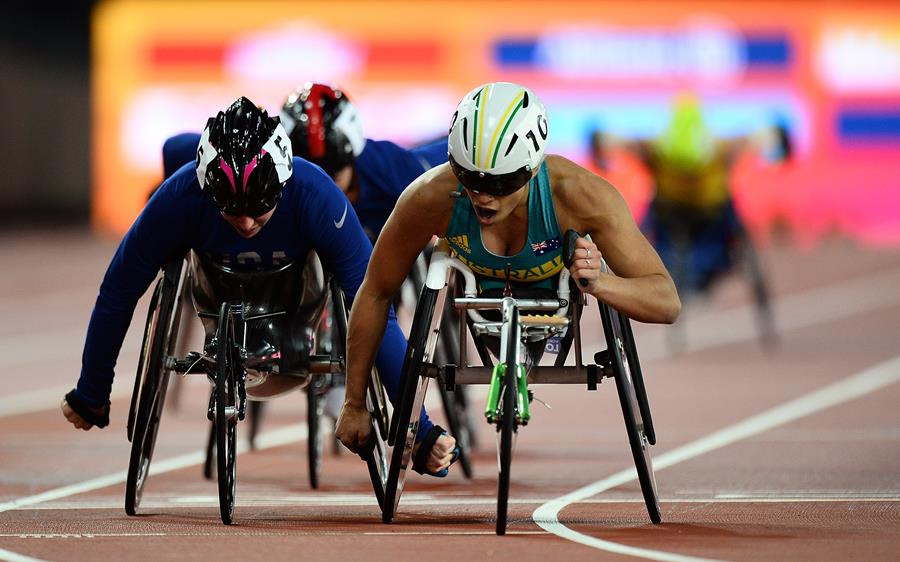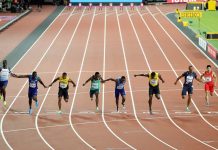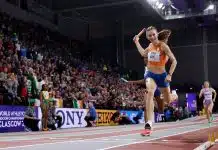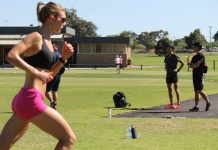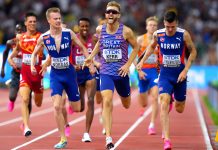In the spirit of resilience and extraordinary athletic prowess, the Paralympics have always served as a beacon of inspiration across the globe. Among the myriad sports that shine during these games, track and field holds a special place, symbolizing the pinnacle of physical endurance and skill and the breaking down of literal and metaphorical barriers.
That’s why it’s vital to showcase the incredible journeys of Paralympic athletes who have overcome adversity to excel in one of the oldest and most competitive sports. Below, we will explore how track and field has evolved within the Paralympic movement, celebrating the athletes, the innovations, and the spirit of competition that redefines what is possible.
The Evolution of Paralympic Track and Field
Track and field, known for its rich Olympic history and global appeal, holds a prestigious spot in the world of sports. Its inclusivity, encompassing various events from sprints to distance running, jumps, and throws, allows athletes of diverse strengths and skill sets to shine.
Due to its increasing popularity, many sports betting websites, like FanDuel sports, have included track and field in its offerings. The inception and evolution of the Paralympic track and field stand as a testament to the indomitable spirit of athletes with disabilities and the expanding inclusivity within sports.
Initially rooted in post-World War II rehabilitation programs for war veterans, the movement gained momentum through the pioneering efforts of Dr. Ludwig Guttmann at the Stoke Mandeville Hospital in England.
In 1948, the Stoke Mandeville Games, an athletic competition designed to aid the recovery of soldiers who had suffered physical injuries, sowed the seeds of Paralympic track and field.
Track and field was introduced to the Paralympic program in the early 1960s, marking a pivotal historical event. This inclusion heralded a new chapter, enabling athletes with various disabilities to showcase their talents on a world stage.
Over the years, Paralympic track and field has evolved dramatically, incorporating various events that cater to different classifications of disabilities. From sprinting and relay races to shot put and long jump, these competitions highlight the athletes’ physical prowess and strategic understanding.
Breaking Records and Changing Perceptions
Paralympic track and field events inspire innovation, consistently breaking records and reshaping societal perceptions of disability. Through sheer determination and rigorous training, these athletes push the bounds of what is physically possible and challenge and expand the understanding of human potential.
One of the great examples of how track and field Paralympics have been changing perceptions is Ezra Frech.
Due to congenital anomalies at birth, Ezra Frech had to overcome several obstacles as a child growing up in Los Angeles. He was born without a significant portion of his left leg, devoid of a knee and fibula, and also missing fingers on his left hand.
His childhood was marked by being the subject of others’ stares, pointing, and laughter. Despite undergoing surgery early in life, Frech has triumphantly overcome these obstacles. He received his first prosthetic leg at just 11 months old.
Now 18, he has been recognized as a Paralympian and a world champion. On February 6, he became the first above-the-knee amputee to commit to a Division I college track and field program, choosing the University of Southern California.
Frech has excelled internationally, making his Paralympic debut at just 16 in Tokyo. At the global championships in Paris last summer, he won his maiden world title and established a new mark of 1.95 meters in the men’s high jump T63 category.
His accomplishments go beyond the track. He plays a pivotal role in changing how the world views disability, transforming it from a narrative of limitation to empowerment and limitless possibilities.
Impact Beyond the Track
Beyond the thrilling races, awe-inspiring feats of strength, and celebrations of victories big and small, the Paralympics play a pivotal role in reshaping perceptions of disability, inclusivity, and the boundless potential of the human spirit.
These games have not only provided a platform for athletes with disabilities to showcase their talents on a global stage but have also been instrumental in fostering a more inclusive society. By highlighting the participants’ exceptional capabilities and sheer willpower, the Paralympics challenge longstanding stereotypes and misconceptions surrounding disability.
They serve as a powerful reminder that ability, not disability, defines one’s potential and that individuals can achieve greatness regardless of physical limitations with the right support and opportunities.
Furthermore, the Paralympics have catalyzed change, inspiring improvements in accessibility and rights for people with disabilities worldwide. The Games’ visibility and success have propelled discussions on policies and practices, encouraging both the public and private sectors to consider and implement more inclusive measures.
From urban planning and public transportation to employment and education, the influence of the Paralympics is evident in the strides made towards a more accessible and equitable society.
Conclusion
Track and field in the Paralympics exemplifies the incredible potential of the human spirit to overcome obstacles and achieve greatness. The rise of the sport within the Paralympic movement has provided a platform for extraordinary athletes to showcase their talents and has also played a key role in promoting inclusivity and understanding across societies.


